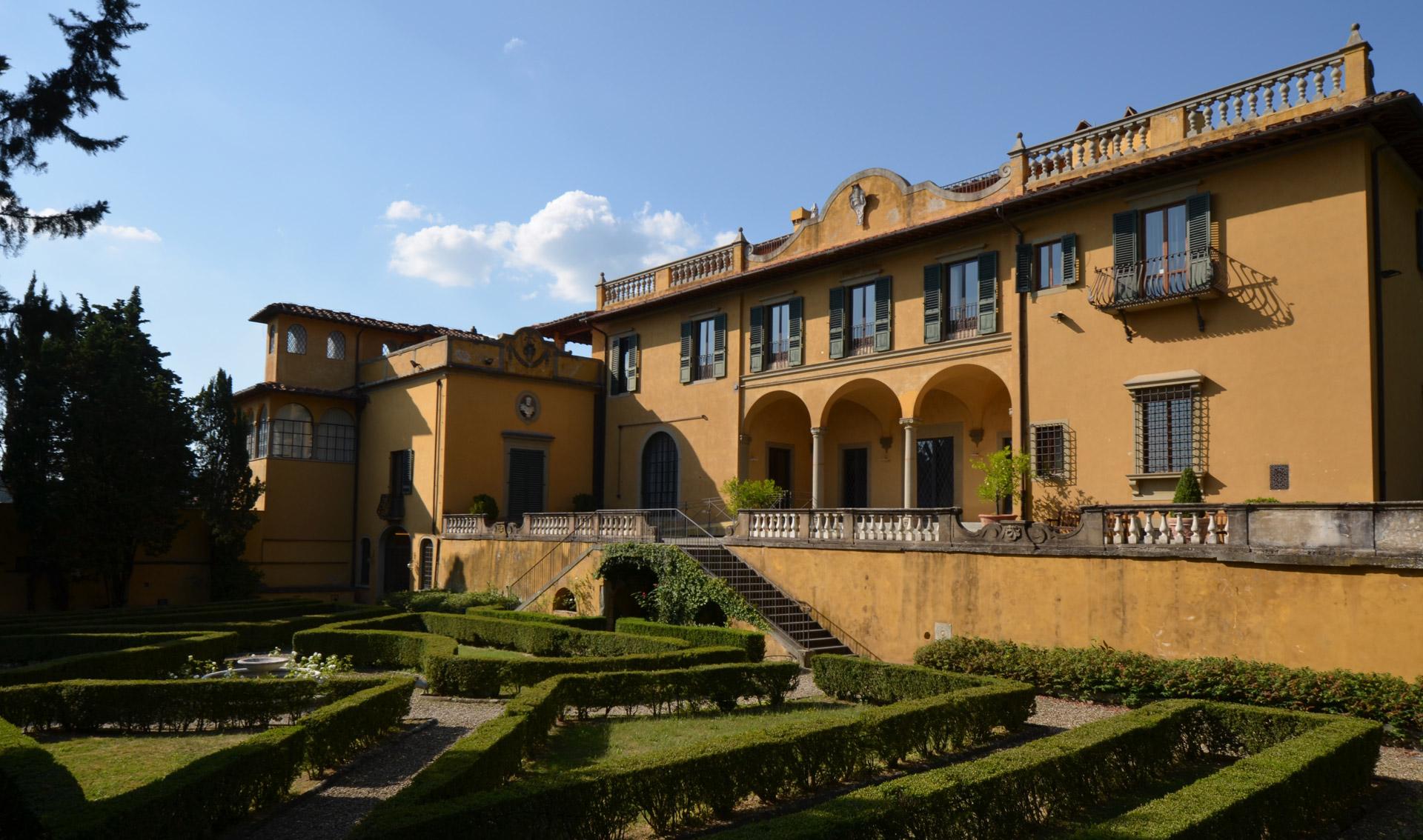Read more
Blog, Migration Governance
Brazil's new migration law: a huge step forward for migrant rights protection
This week (6 December) the Brazilian Congress voted by a majority of more than 70% in favour of the adoption of a new migration law. This law will replace the present framework adopted in...
How do regional responses to migration differ in Europe and South America? This is the question tackled by new MIGPROSP research, published in the European Journal of Migration and Law.
Points of contact
There are important points of contact between Europe and South America.
- The European Community (as it then was) strongly supported MERCOSUR’s creation in 1991.
- In 2011, there were 3.1 million nationals of South American countries residing in the EU and around 1.3 million EU nationals who’d moved in the other direction.
But there are tensions too. The EU’s 2008 law on the return of irregular migrants, known as the Returns Directive, prompted a strongly critical reaction from South American governments.
A MERCOSUR declaration deplored the directive and pointed out the hospitality offered by South American countries to large numbers of European migrants.
This plays very much to the idea that the EU and its member states are strongly driven by the pursuit of restrictive measures in a highly charged political atmosphere within which anti-immigration political parties have enjoyed some success. In contrast, South American governments are seen as more open in terms of both the admission of new migrants and the rights extended to them. But does a characterization of the EU as closed and repressive and MERCOSUR as open and progressive withstand close scrutiny?
A binary divide?
While migration policy developments in the EU have had only limited influence on South America, the research found that South American countries have actually defined their approach and measures in opposition to the EU, most notably on residence rules and irregular migration. The EU does not appear to be much influenced by developments in South America. In the language of international relations, this suggests limits to ‘transnational diffusion’ of policy ideas and measures. These limits are strongly linked to differences in political context: European governments seem more willing to pursue economic liberalization while South American governments express skepticism about or opposition to this trend.
We can drill down more deeply into these political contexts by analysing the national and regional rules covering residence requirements for nationals of MERCOSUR and EU member states.
South American governments have moved away from the securitized approaches of military dictatorships in the 1970s and 1980s. These regimes sought to limit population movement as a means of political control and displayed a complete disregard for migrants’ rights. A particularly important development was the 2002 Mercosur Residence Agreement, which entered into force in 2009. This seeks to deal with the situation of irregular intra-regional migrants and has transformed the migration regime for South Americans. The Agreement allows any national of a Mercosur or associate member state to reside and work for a period of two years in another member state if they have an identification document and a clean criminal record. It also provides a number of rights including the right to work and equal treatment in working conditions, family reunion and access to education for children. This temporary permit may then be transformed into a permanent one after two years.
In some respects the MERCOSUR provisions are more progressive than those within the EU. For example, there is no requirement in the MERCOSUR Residence Agreement for intra-regional migrants to demonstrate sufficient resources or employment after three months in another member state. The key challenge in MERCOSUR is implementation. Unlike the EU there is no supranational oversight, which means that migrants still largely depend on national laws and procedures.
This reveals a key difference between the regional governance of migration in Europe and South America. The intergovernmental character of MERCOSUR allows no coercive intra-regional mechanisms to ensure implementation and impose sanctions for violations. In contrast, the EU’s Court of Justice has played a key role in the development of free movement and protection of the rights of EU citizens. MERCOSUR has no independent supranational judicial body.
Summing up
- There are significant differences between the two regions that relate strongly to national political contexts.
- The EU has had relatively little influence on recent developments in MERCOSUR.
- South American governments have been keen to portray their approaches as being in opposition to those pursued by the EU and its member states.
- The existence of enforcement and compliance mechanisms in the EU has had a major impact on the development of a free movement framework with potential for this also to be applied not only to EU citizens, but also to legally resident third country nationals. This supranational legal dynamic has been very important in the EU, but not in MERCOSUR.
These findings have important implications for the MIGPROSP project, which will analyse the drivers of migration governance in both regions (as well as North America and the Asia-Pacific region) through close and detailed exploration of the constitution of these governance systems and of the views and attitudes of key actors within them.
To read more on this research see Diego Acosta Arcarazo and Andrew Geddes (2014) ‘Transnational Diffusion or Different Models? Regional Approaches to Migration Governance in the European Union and Mercosur’, European Journal of Migration and Law 16 (1): 19-44.
—
The EUI, RSCAS and MPC are not responsible for the opinion expressed by the author(s). Furthermore, the views expressed in this publication cannot in any circumstances be regarded as the official position of the European Union.

